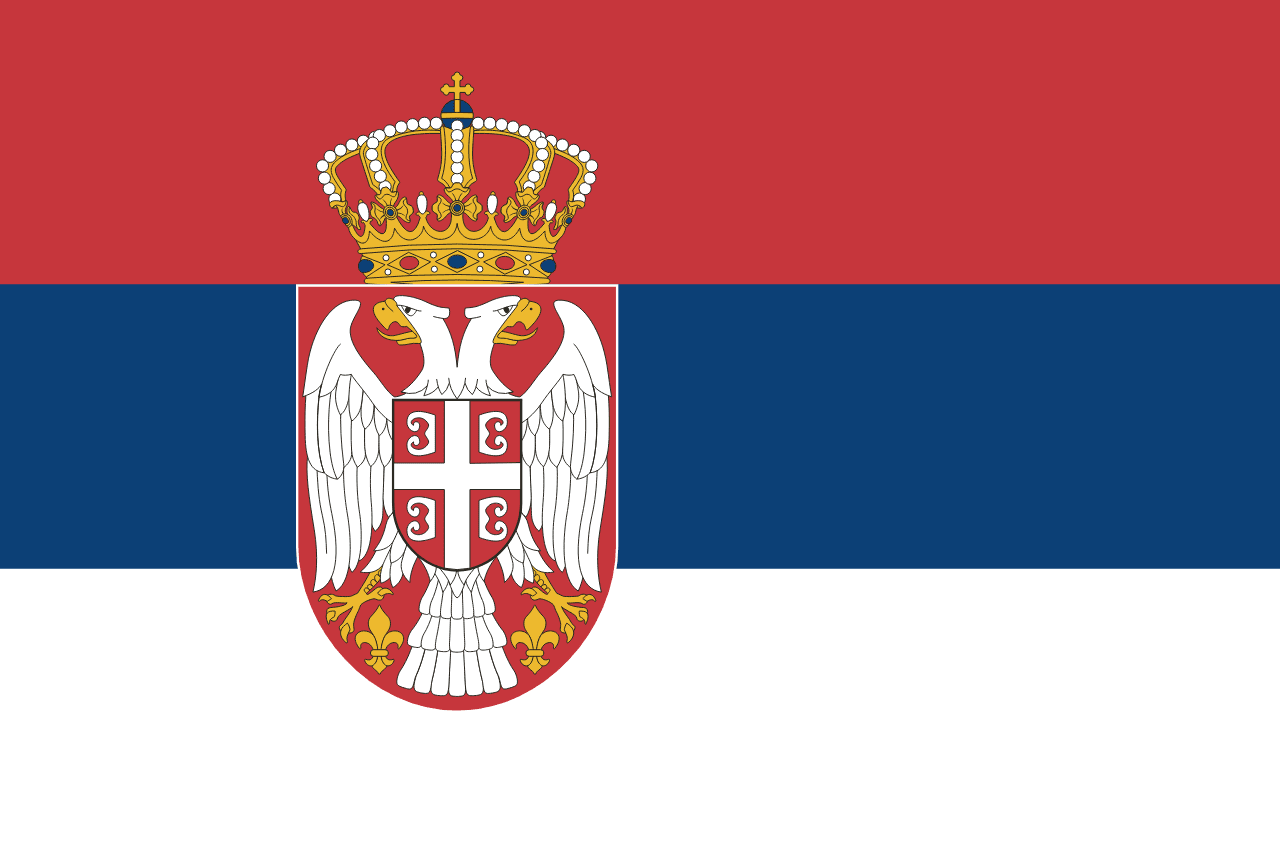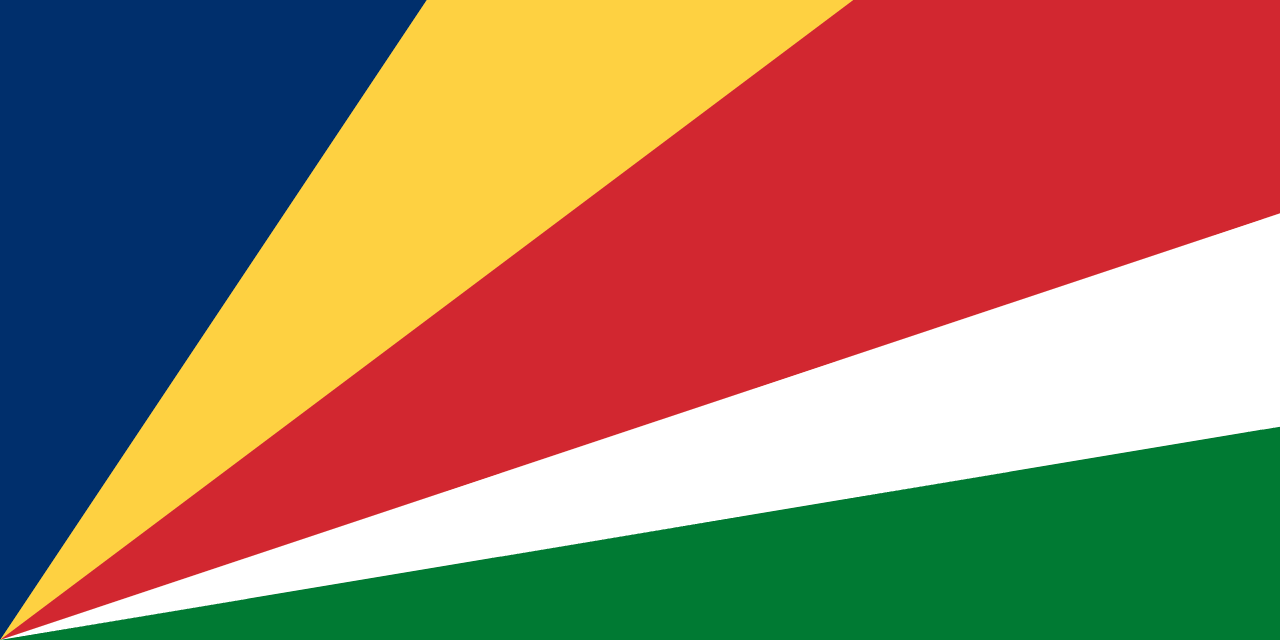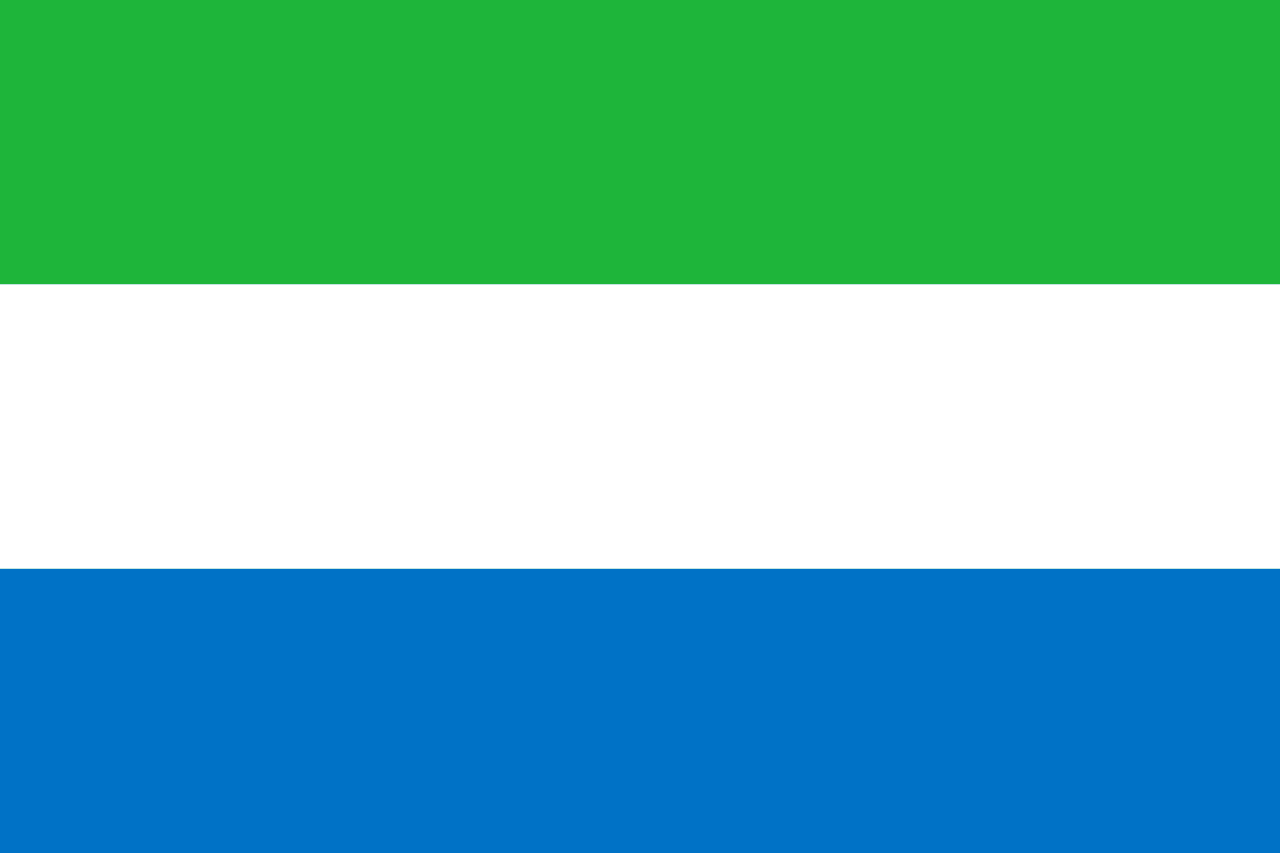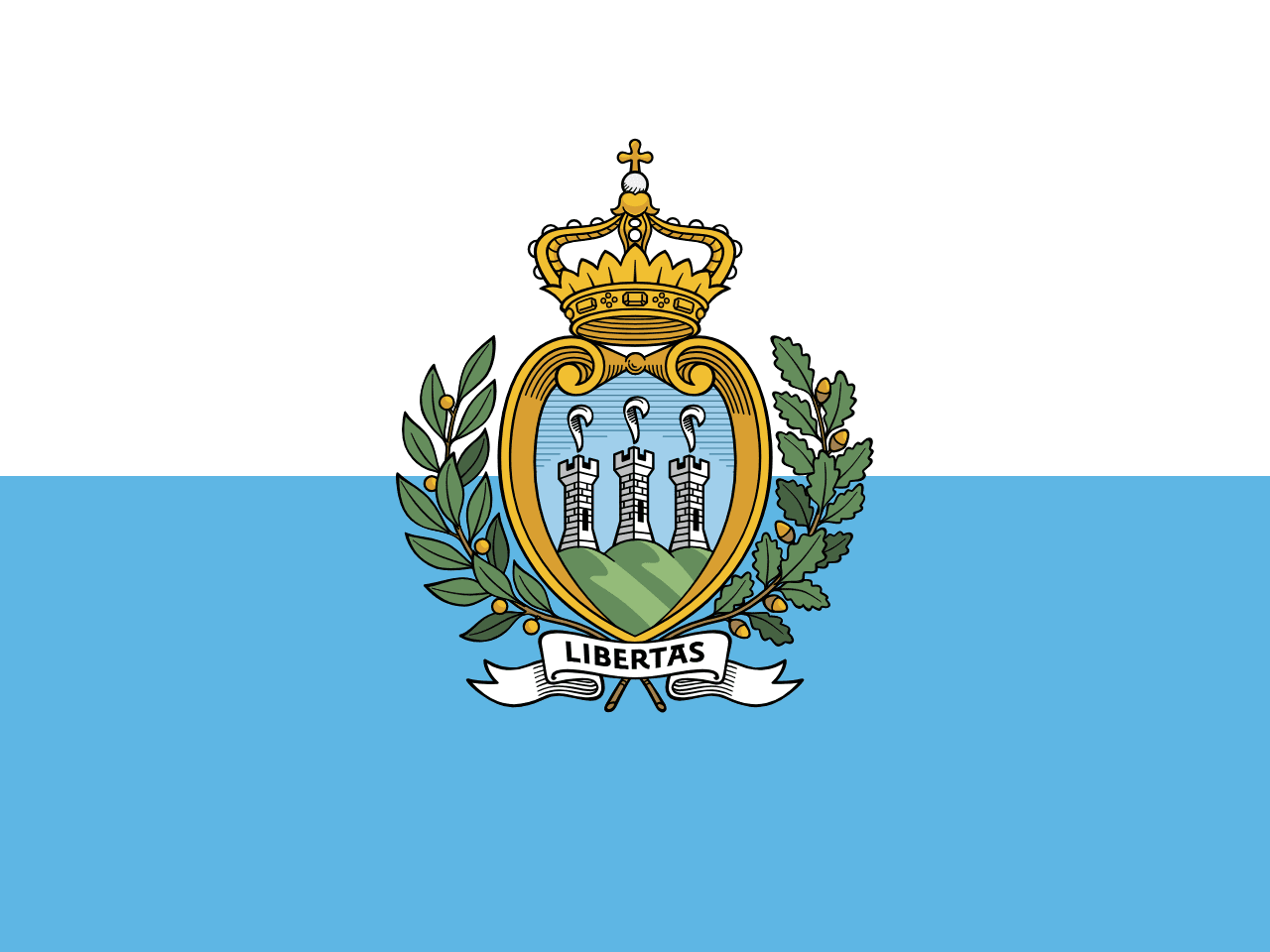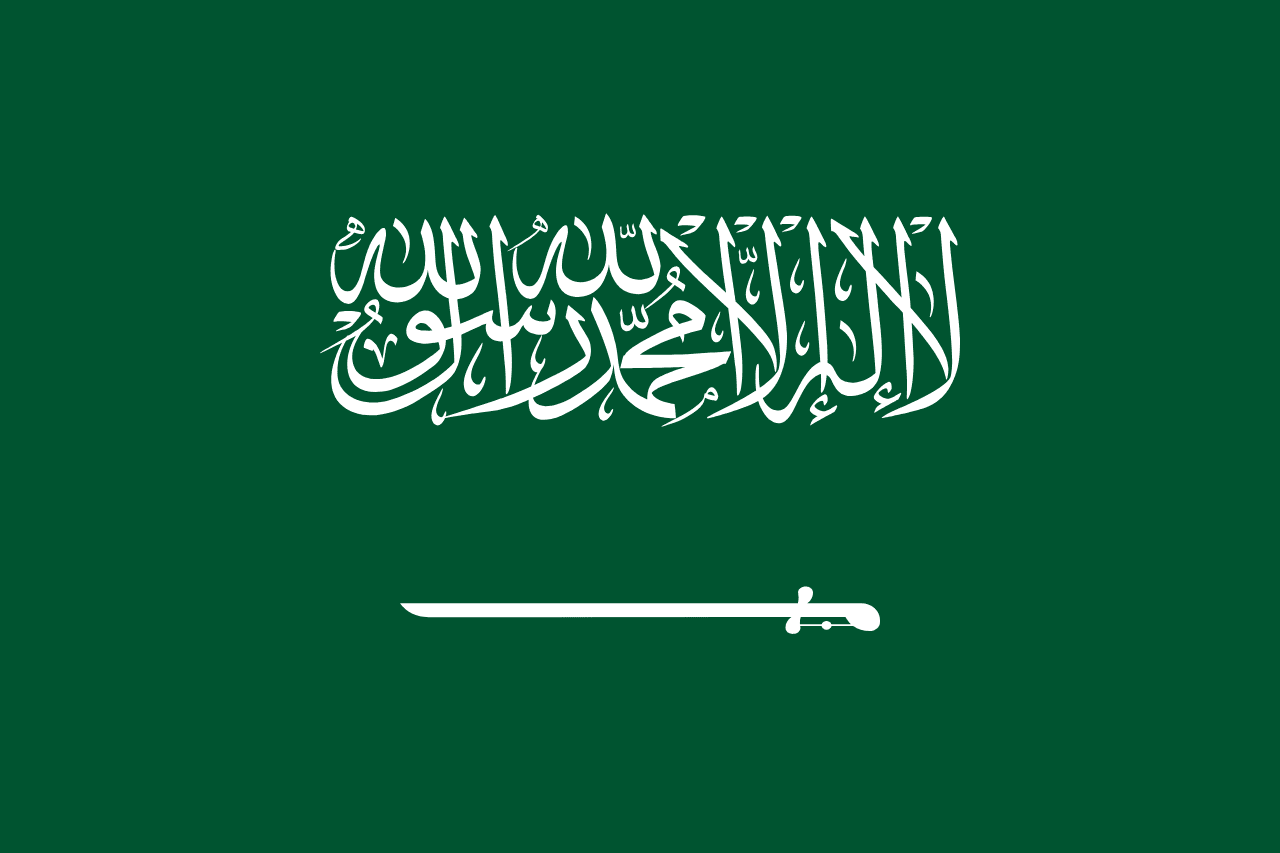The flag of Senegal consists of three vertical stripes of green, yellow, and red, with a green five-pointed star in the center of the yellow stripe. This tricolor design, combined with the prominent star, represents the nation's pan-African heritage, Islamic faith, and aspirations for unity and progress.
Senegal information
| National Flag Day | August 20 |
| Sovereign state | Yes |
| Official name | Republic of Senegal |
| Capital | Dakar |
| Population | 16,743,949 |
| Area | 196,722 km² |
| Currency | West African CFA franc (XOF) |
| Language | Wolof, French, Serer |
| Continent | Africa |
| Region | West Africa |
| Subregion | — |
| Borders | Gambia, Guinea, Guinea-Bissau, Mali, Mauritania |
| Timezone | Greenwich Mean Time (GMT) UTC±0 |
| Calling code | +221 |
| Top-level domain | .sn |
History of the Senegalese flag
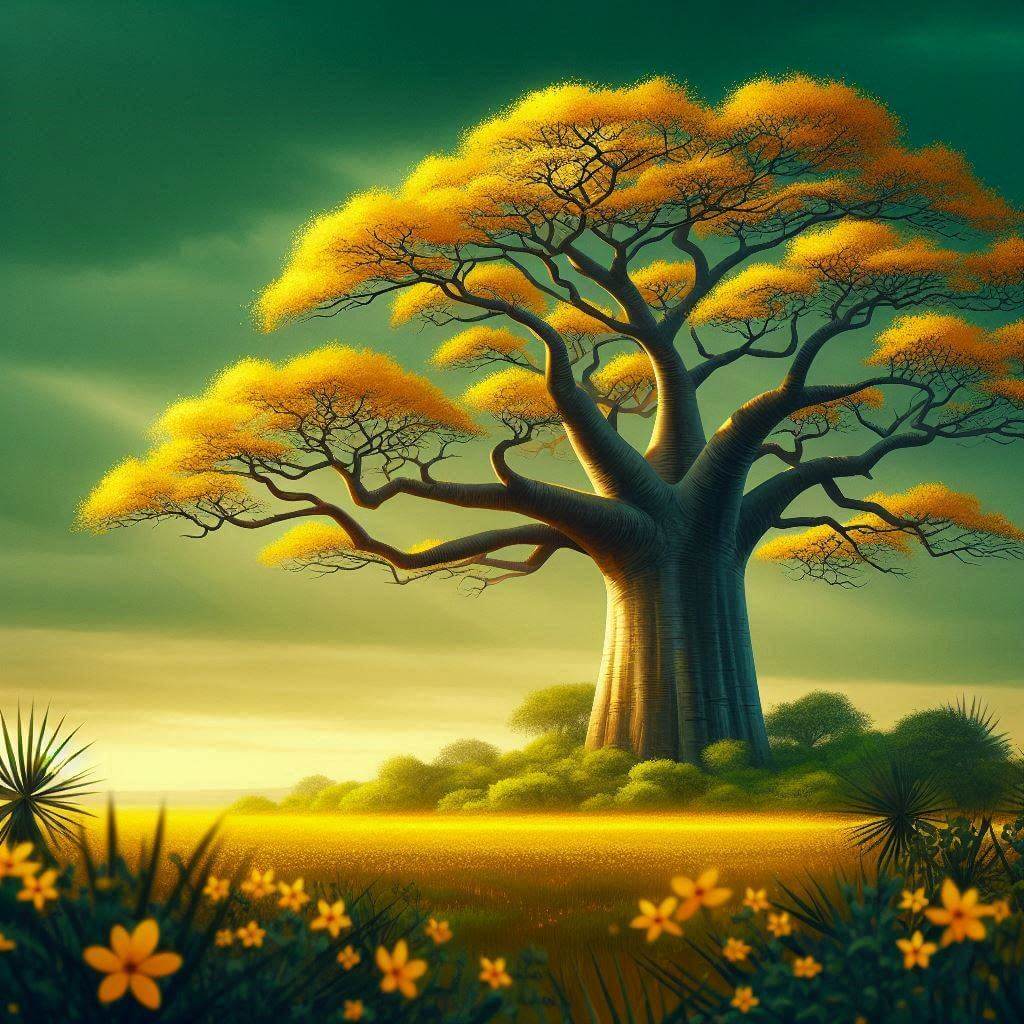 The flag was officially adopted on August 20, 1960, upon Senegal's independence from France. Its design was inspired by the French Tricolore, reflecting Senegal's colonial past, but incorporates pan-African colors to symbolize the country's African identity and solidarity with other African nations. The flag has remained unchanged since its adoption, serving as a constant symbol of Senegalese independence and national identity.
The flag was officially adopted on August 20, 1960, upon Senegal's independence from France. Its design was inspired by the French Tricolore, reflecting Senegal's colonial past, but incorporates pan-African colors to symbolize the country's African identity and solidarity with other African nations. The flag has remained unchanged since its adoption, serving as a constant symbol of Senegalese independence and national identity.
Symbolism and design of the Senegalese flag
Each element of the flag carries significant meaning:
- The green stripe represents Islam, the predominant religion in Senegal, as well as the country's lush forests and hope for the future. It also symbolizes fertility and agricultural prosperity.
- The yellow stripe symbolizes the savanna regions of eastern Senegal and the country's mineral wealth, particularly gold. It also represents arts, literature, and intellect.
- The red stripe stands for the color of blood, symbolizing the sacrifice of those who fought for independence, as well as the determination to overcome economic and social challenges.
- The green star in the center of the yellow stripe represents unity and hope. The five points of the star are said to represent Senegal's five regions at the time of independence.
The combination of these colors and symbols creates a flag that is both visually striking and deeply meaningful, reflecting Senegal's diverse heritage and aspirations.
Usage and significance of the Senegalese flag
 The flag of Senegal is a source of national pride and is widely displayed throughout the country. It flies on government buildings, schools, and during national celebrations such as Independence Day on April 4th. The flag also represents Senegal in international forums, sporting events, and cultural exchanges, serving as a visual embodiment of Senegalese identity and values.
The flag of Senegal is a source of national pride and is widely displayed throughout the country. It flies on government buildings, schools, and during national celebrations such as Independence Day on April 4th. The flag also represents Senegal in international forums, sporting events, and cultural exchanges, serving as a visual embodiment of Senegalese identity and values.
In Senegalese culture, the flag is often incorporated into traditional clothing and art, reflecting its importance as a symbol of national unity and identity.
Interesting facts about Senegal and its flag
- Senegal's flag colors are shared by many other African nations, reflecting the pan-African movement and solidarity among African countries.
- The flag's design was influenced by the flag of the Mali Federation, a short-lived union between Senegal and French Sudan (now Mali) that existed briefly in 1960.
- Senegal is known for its tradition of democratic stability in West Africa, which is symbolized by the unity represented in its flag's star.
- The country's national anthem, "Pincez Tous vos Koras, Frappez les Balafons" (Pluck Your Koras, Strike the Balafons), makes reference to the flag's colors in its lyrics.
- Senegal's flag shares similarities with the flags of other former French colonies in West Africa, reflecting their shared colonial history and path to independence.
